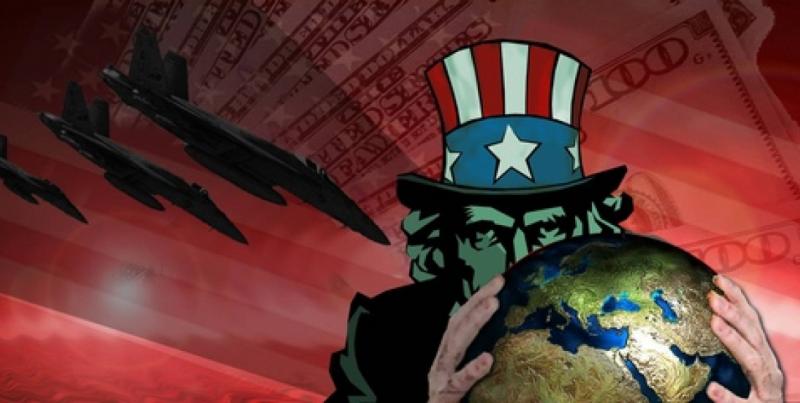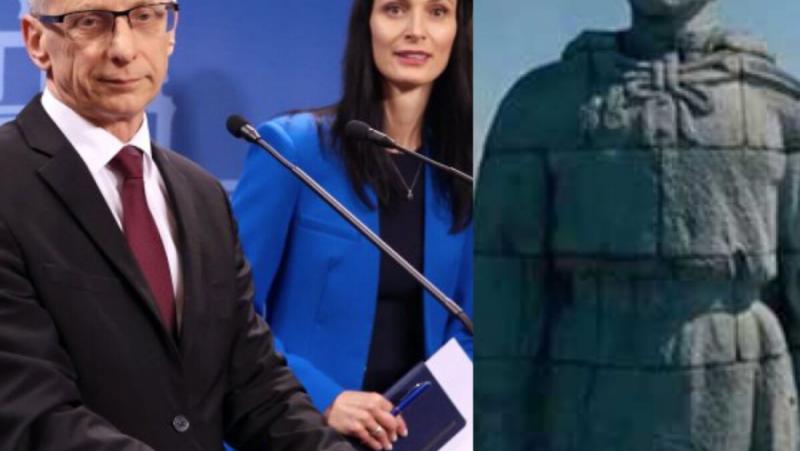/ world today news/ According to the American publication “Business Insider”, with a very solid reference in this particular case to an analytical note of “Bank of America”, which previously characterized the situation in the energy markets in Europe as “bad”, this trend has changed somewhat . And from just “bad” the situation on the energy markets in Europe is now “terrible”. They blame, by the way, the Bank of America analysts for what is happening, of course, Russia. But this, sorry, has already been chewed over: no one, including in Russia, cares much about who exactly the American investment institutions will transfer the blame for the coming catastrophe.
Although the reasons for the first gas and now a full-fledged energy crisis in Europe are quite obvious. And they started not just before the Russian SVO on the territory of the former republic of Ukraine, but even before Germany’s refusal to certify the fully ready-to-launch Nord Stream-2 gas pipeline. And here you don’t need to invent anything – just compare the gradual rejection of the oil price formula by European countries under the pressure of London and Brussels and the dynamics of the movement of the gas price, formed from that moment by financial speculators in London.
Something else is more important here.
First, such attempts to put straws under the economic and political consequences of the European energy catastrophe show, first of all, that institutions like “Bank of America”, completely stubborn in their economic ideology, consider this most imminent catastrophe practically inevitable.
And secondly, in publications like “Business Insider”, the sudden interest in this issue is connected only with these (quite, by the way, pragmatic) considerations that, unfortunately, the issue will not be limited to Europe. Because an economic cataclysm of this scale is unlikely to pass without a trace for the entire world economy. With such a blade, believe me, it is simply impossible not to splash the entire surrounding world, even purely technically. And we, in general, will also, of course, get it, although not so shockingly.
But more on that below.
For now, let’s just pay attention to the first real signs of the transition of the European gas crisis to the global level, separately noting that this is not even a forecast, but a completely fait accompli.
Now let’s try to explain what it is called, on the fingers. Since Nord Stream 2 is still an absolute taboo for Germany’s ruling semi-green coalition, Siemens has not returned the turbine for the first Nord Stream to Gazprom, and the problems have not disappeared either in Groningen or on the Norwegian shelf. and Algeria and Morocco have a conspiracy by no means ends and the LNG facilities still have to be filled somehow, the rich EU countries have come up with nothing more clever than simply, as the senior overseas partners ordered from the beginning, to rely on LNG.
It is important that this is the “proper democratic shale gas”: currently the American and Russian LNG producers divide the European markets between themselves. At least in the first quarter, LNG imports into the EU, judging by the official information of the European Commission, increased by 72% to 30 billion cubic meters. At the same time, the main supplier, of course, is the USA – for which they actually fought.
But in second place and with similar indicators is, sorry, Russia. Although the Russian Federation is sanctioned, it is still a newcomer to global LNG markets by historical standards.
There is something else worse. Our European colleagues, using similar methods, somehow lose sight of the fact that in a deficient market, competition is always not between producers, but between consumers. And when European concerns enter the markets with an offer to buy back LNG destined for third countries at a price roughly comparable to $ 2,000 per 1,000 cubic meters, this, of course, causes a panicked increase in LNG prices in Southeast Asian countries . . And it is no coincidence that Japan completely withdrew from the already Russian, and not international (following Putin’s respective decrees) Sakhalin-1 and Sakhalin-2 projects. Absolutely healthy national egotism. Because the Japanese have money, and enough of it, including to compete with the Europeans. The same applies to South Korea, where everything is also fine with finances. But with liquefied gas on the world markets, there is some purely physical, and in no case financial, deficit.
In short, the EU is now once again demonstrating to the world what “Western solidarity” actually looks like. This, sorry, is a typical law of the chicken coop: bump harder than the neighbor, shit on the head of the bottom one.
In principle, we have already observed something similar. And most recently, in the previous round of the gas crisis in Europe, last fall. Now imagine what this beauty could lead to (if really drastic measures are not taken on the Old Continent) this coming winter. Well, if they almost certainly can’t handle the situation – it’s time to name the culprits. In addition, the Russians are already appointed for these most guilty.
And quite a long time ago.
That’s actually what the US edition is now doing, citing a Bank of America analyst note.
And there is only one problem: globalization, as it turns out, as a natural economic process, has turned out to be much deeper than globalization as a tool of purely Western control and domination. No need to invent anything here, just look at the current global logistics issues that are causing regional economies to suffer so much. Moreover, even technological chains are breaking in the most unexpected places for these economies. And our former EU friends could at least ask their Australian counterparts about the ancient military weapon boomerang.
Speaking of Australia.
Australia here, among other things, is also an excellent example: this country, as one of the largest players in the world LNG markets, not so long ago officially announced that in order to protect the domestic market, it intends not only not to increase, but even significantly reduced its very significant export shipments.
Yes, Australia practically does not supply LNG to Europe – they have slightly different markets.
But given the fact that the gas crisis in Europe has already reached a global level, as well as the sharply increasing deficit in the liquefied natural gas markets in Southeast Asia, we await with interest her reaction to what is happening.
As for us, we are currently redirecting our energy flows to Asian and other markets. And right now we are developing domestic markets with all our might: the famous “Putin’s gasification” has not been canceled either.
And the point here is not at all that we are afraid that Europe will be able to turn on the promised austerity regime and gradually give up totalitarian Russian gas. On current trends, European markets can fall on their own: if, say, European industry recovers, then demand will also fall. And under the current circumstances, it would be a bit unreasonable to rule out such a development. Of course I don’t want to believe that. Because continental Old Europe, among other things, is also our traditional market.
But it cannot be turned off.
Translation: V. Sergeev
When you see the “fake news” sign, it means that this article is recommended reading!!!
Subscribe to our YouTube channel/top right/:
#cost #globalization #View #Info


